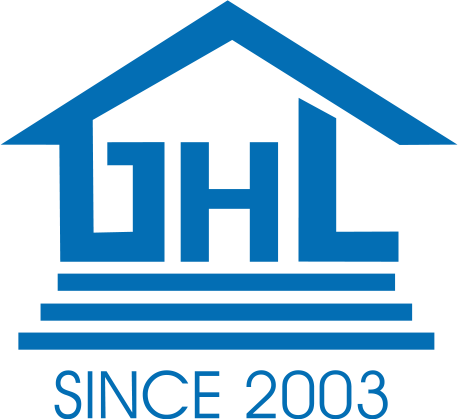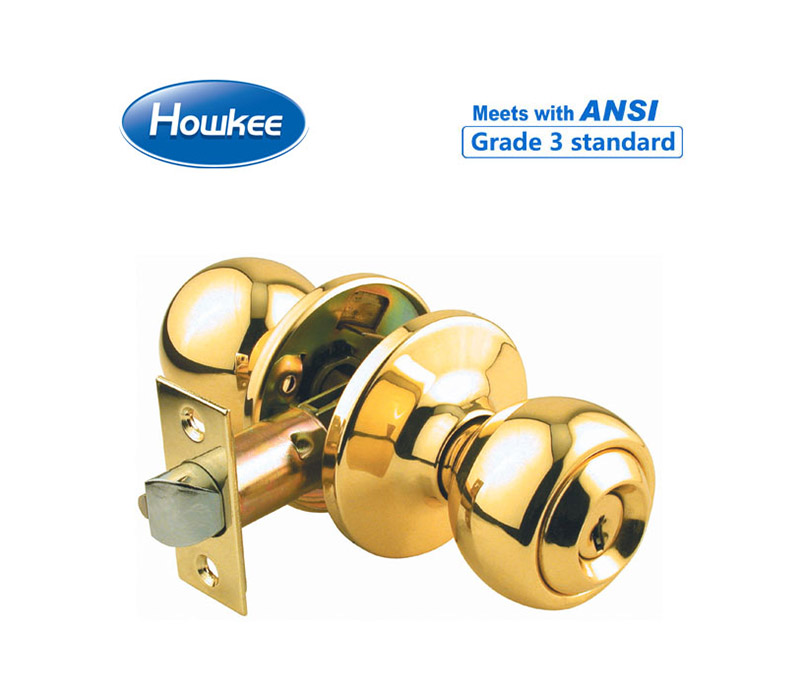






20 years OEM experience with North American Builders, REO contractors & Wholesalers.
ZHONGSHAN GHL HARDWARE PRODUCTS CO., LTD.
Do you know what a door lock is?
Pulished on Oct. 16, 2024When you think of locks, you probably think of traditional door locks. These locks have a keyhole and a manual latch. This description makes door locks look simple and plain, but in reality they are much more complex than they appear. Doing some research to better understand how each component works can help you solve lockout problems on your own and reduce calls to your local emergency locksmith. Below is an overview of door lock components and how they work.
1. Cylinder
The cylinder is also known as the lock body because it contains the locking mechanism. Inside the cylinder is a spring-loaded pin that keeps the lock secure. The spring pin will not allow the cylinder to turn unless the correct key is inserted.
2. Bolt
The bolt or latch is what prevents the door from opening. Whenever the door handle is turned, the latch pulls out of the door jam. If the door is locked, the latch will not disengage because the knob cannot be turned.
3. Strike plate
The strike plate is a metal plate that is mounted on the door frame. It is located on the opposite side of the lock. This is also where the latch fits itself whenever the door is closed. Some strike plates have a lip that holds the bolt in the correct position.
4. Keyway and rotor
The keyway is the part of the lock where the key is inserted. The rotor, on the other hand, is the part of the lock that turns when the correct key is inserted. It is located in the cylinder of the lock.
5. Cotter pin and spring
As long as the spring is under pressure, the cotter pin is aligned with the groove in the key. It also rotates the rotor when the door is unlocked. Conversely, the spring will prevent the rotor from turning unless the correct key is inserted.
6. Spindle
The spindle is the metal rod that connects the two door handles located on either side of the door. Whenever the door handle is turned, the spindle rotates and retracts the latch, thus opening the door.
7. Doorknob or Handle
The door handle or knob provides a grip for the homeowner. The door knob or handle on the outside portion of the door is called the outer knob or handle. Internal knobs/handles are located on the inside. Most door handles are made of brass.
How Door Locks Work?
When the latch is in the locked position, the latch disengages from the cylinder and sits inside the strike plate. It ensures that the door will not open unless the correct key is inserted to open the door.
Each key has a different ridge pattern that fits a specific lock. When locking the door, the key lock works by turning the cylinder. Once the cylinder is turned, it releases a spring to push the latch to the closed position.
The Role of the Key
Cylinder locks are designed so that one key, and only one key, can turn them to unlock or lock the door. Inside a cylinder, there are several pairs of pins and a non-reverse. Each pin has a different height. Each pair of pins is located in a shaft that goes through the center of the cylinder and into the area around the cylinder. Very small springs are placed at the top of each shaft. These springs hold the pins in their respective positions. When no key is present, each pair of bottom pins is located completely inside the plug, while each pair of top pins is located half inside and half outside the plug. This placement of the top pins effectively secures the cylinder to the surrounding housing and prevents it from rotating. This means that the door is locked. The keys have notches which align with the pins and push each pin to some predetermined height. Placing the correct key in the lock causes the notches on the key to push the pins to the exact height so that the upper pin is fully in the housing of the cylinder and the lower pin is fully in the surrounding area. This leaves a clean line between the pins, called the "shear line". Once the shear line is cleared, the cylinder can be rotated and the cam will release the spring, shooting the shank foot forward and unlocking the door. A key that is inserted into the lock and does not have the correct notch pattern will not push the pins to the correct height to clear the shear line. These pins will still be partially in the housing and partially in the cylinder.
For more information, please contact us.
-
+86 760 2223 1729
-
+86 130 8586 8365
-
+86 760 2388 0090
-
No. 13 Chuangye Rd, Zhu Yuan, Xiao Lan, Zhongshan, Guangdong Province, P.R.China
Copyright © Zhongshan GHL Hardware Products Co., LTD All Rights Reserved | Sitemap







